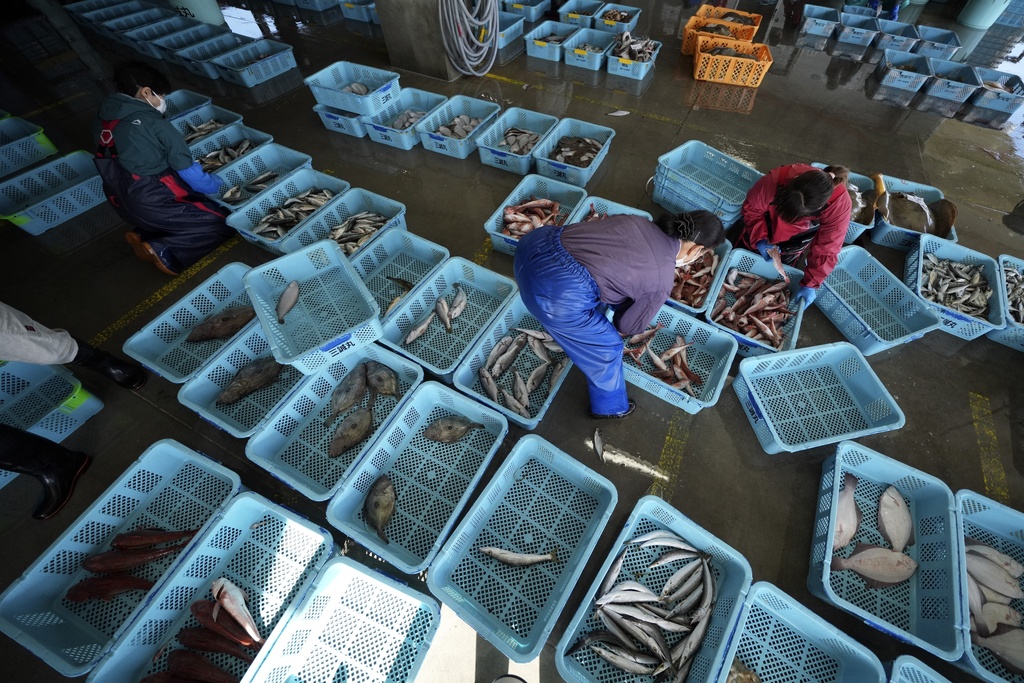
 By
Beauty Adams
By
Beauty Adams

In the intricate tapestry of childhood development, the presence of toxic stress can cast a long shadow, affecting a child’s physical and mental well-being. Toxic stress occurs when a child experiences prolonged exposure to adverse events without adequate support. In this post, we’ll delve into the concept of toxic stress, its profound impact on childhood development, and crucial strategies for both prevention and intervention.
Toxic stress is a term coined to describe prolonged, excessive stress that lacks the buffering support of caring and consistent relationships.
Unlike positive stress, which is a normal part of development and can be motivating, and tolerable stress, which is more serious but manageable with support, toxic stress overwhelms a child’s coping mechanisms.
Addressing toxic stress in childhood is a collective responsibility that involves individuals, communities, and policymakers. By understanding its impact, implementing preventive strategies, and providing timely interventions, we can create a supportive environment that fosters the healthy development of future generations





Never miss an important update. Be the first to receive our exclusive beauty tips straight into your inbox.